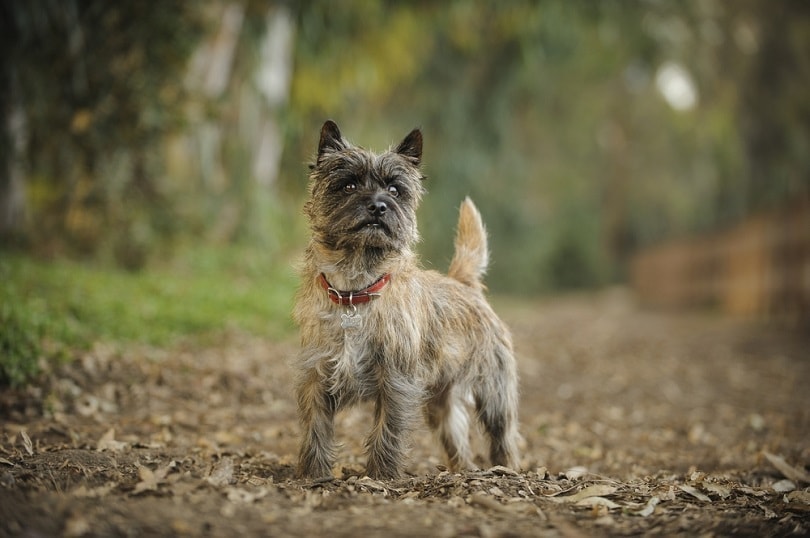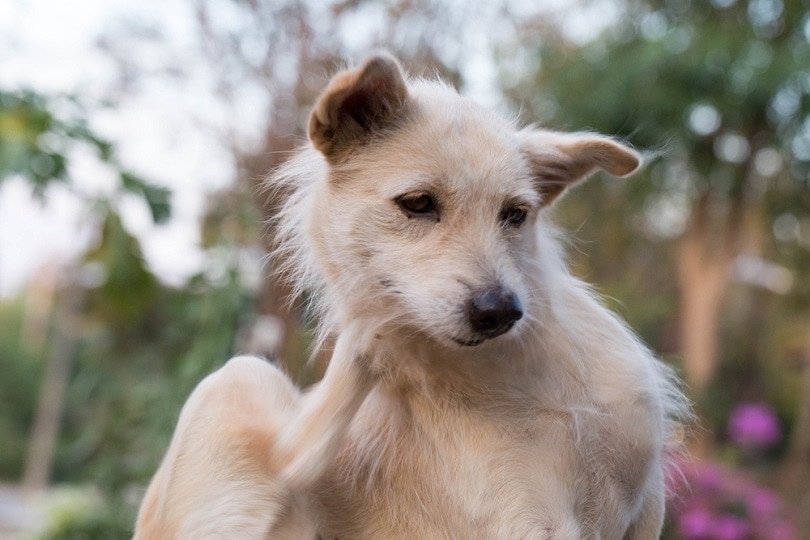Are Bears Related to Dogs? Science Answers the Ultimate Question

Updated on
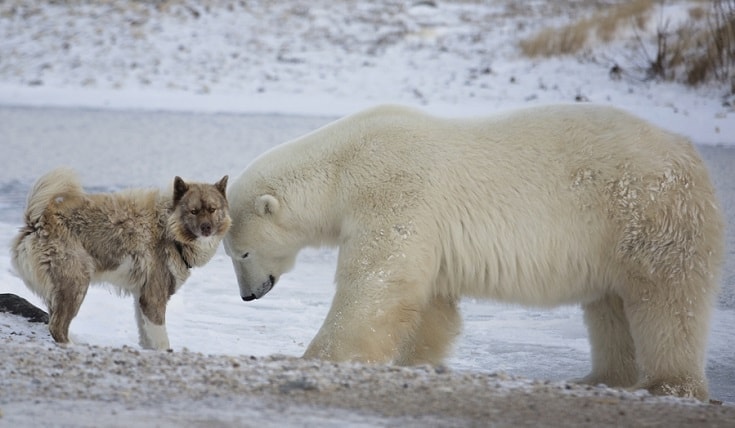
Everyone knows that dogs and wolves are closely related, but have you ever wondered about dogs and bears? After all, many breeds actually resemble bears, so does that mean there’s genetic overlap?
Are bears related to dogs? As it turns out, the answer is no. They’re from entirely different biological families, and despite the occasional vague resemblance, they have no direct relationship. However, they do have a few fascinating connections, each of which we’ll explore in detail below. Are bears and dogs related? Get ready to find out!
Are Bears and Dogs Related? Evolutionary Facts
During the Middle Eocene epoch, some 47 million years ago, a tremendous evolutionary split occurred. The animals in the order Carnivora (the carnivores) branched off into two suborders: the Feliformia and the Caniformia.
The animals in the Feliformia group have shorter snouts, retractable or semi-retractable claws, and walk on their toes. In short, these animals are cat-like, and their ranks include tigers, lions, and the savage housecat.
Meanwhile, the Caniformia group includes animals with non-retractable claws, long jaws, and less-specialized teeth. This group is a bit more diverse, but they’re all considered “dog-like.” In it, you’ll find wolves, foxes, raccoons, and, yes, dogs and bears.
Why did this split occur? It was likely because the animals in both groups found themselves in different “feeding niches,” meaning they had different food available in their respective environments.
This may seem simple, but it made all the difference in creating dissimilarities between the two groups.

Meat: Is It All That’s for Dinner?
There’s one key difference between the two groups that caused them to look and act in contrasting manners. Members of Feliformia are usually “obligate carnivores,” and they only eat meat, whereas animals in Caniformia are “facultative carnivores,” and their diets are a little more diverse.
As a result, both dogs and bears will eat more than just meat. They’ll scavenge for food and eat fruits and other plants in a pinch. However, they prefer to consume meat. Unlike cats, they’re fully capable of processing plant matter and can derive essential nutrients from it.
That’s why their noses are longer, and their claws don’t retract. They need to sniff out food buried underground, and they may need to dig up dirt to get to it.
Given the few characteristics that the two animals have in common, it seems likely that they have at least one ancestor in common. However, the animal scientists believe to be their forebear may surprise you. As it turns out, their common ancestor is a land otter. Known as Miacids, they were small animals with long bodies and tails that preyed on anything smaller than they were.
Miacids went extinct nearly 28 million years ago, but they’re considered the basis for all modern carnivores. Scientists tested a Miacid fossil for DNA and discovered that its genes could be found in modern dogs and bears.
Ironically enough, there was another ancient animal called the bear dog that’s not considered a direct ancestor of either bears or dogs. These animals came in various sizes, from tiny little Chihuahuas to giant, 1,000-pound monsters.
Could You Mate a Dog and a Bear?
The answer is no, you can’t breed the two animals. They’re entirely different creatures and don’t have the same number of chromosomes. Bears have 74 chromosomes, whereas dogs have a mere 39 (but they’re all adorable).
If you tried to make a bear dog, you’d likely end up with a fat bear and a dog skeleton, so please don’t try it at home.
Which Dog Breeds Look Like Bears?
Now that we know about the two animals’ shared history, it’s time to discuss the dogs that look like giant, cuddly teddy bears. The breeds on the list below can all give your average bear a run for its money, but they’re much easier to cuddle.
1. Chow Chow
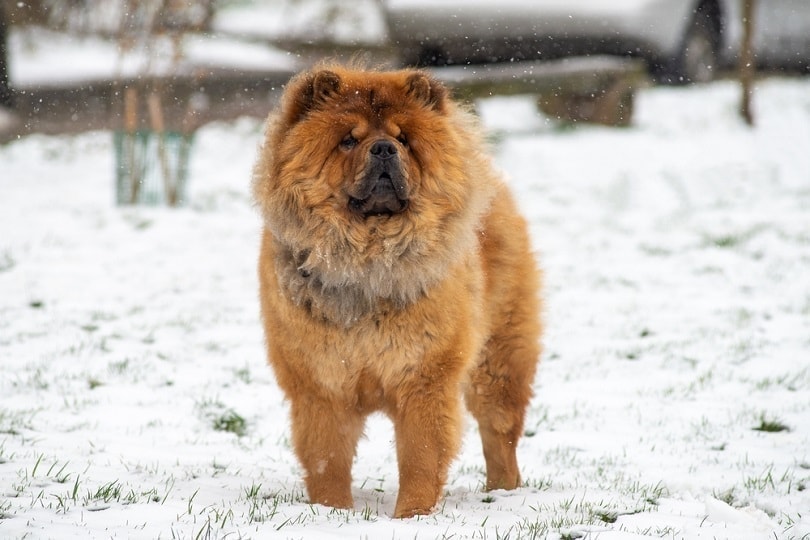
Chow Chows have big, thick coats that give them a bear-like appearance. You might mistake them for a golden bear cub if you were unfamiliar with the breed.
While these dogs are not bears, they can make excellent watchdogs. They also tend to be aloof and independent, so they’re not ideal for the first-time dog owner.
2. Samoyed
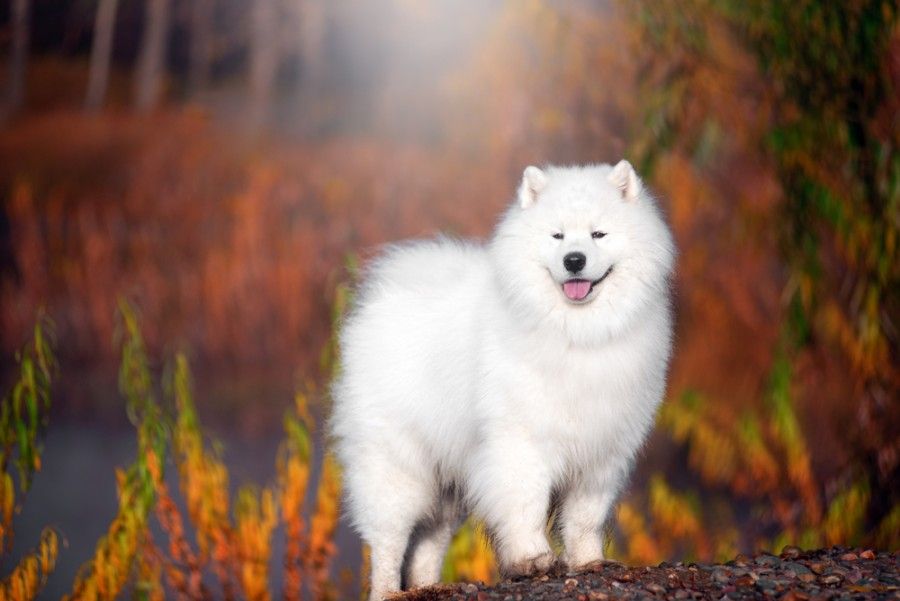
Samoyeds look like skinny little polar bears, and they’re just as at home in the tundra. Their fur is incredibly soft and luxurious, so you’ll be forgiven if you bury your nose in it. You’ll spend quite a bit of time grooming it if you bring one home, however.
They’re often used as sled dogs, which is something that’s rarely said about bears.
- If you think the Samoyed looks like a polar bear, check out our list of 20 dog breeds that also look like them!
3. Newfoundland
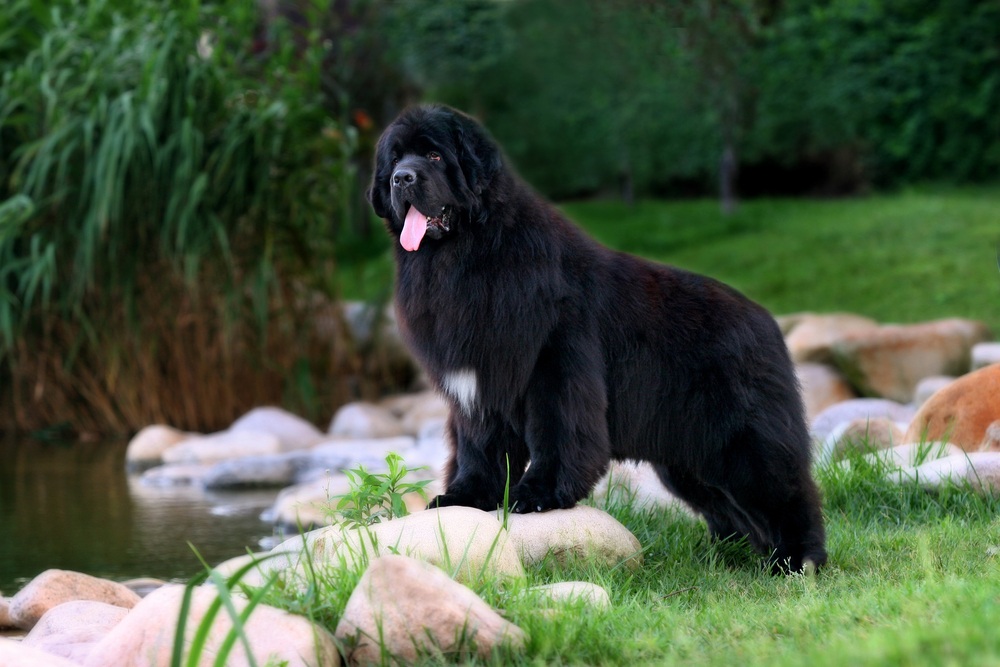
Newfoundland puppies look more like bears than bears do. These dogs have incredibly thick, fluffy coats, and when they’re young, they have the rounded shape that most bears favor.
They’re almost as strong as bears, so don’t be surprised if they drag you all through the forest once you put a leash on them.
4. Bush Dog
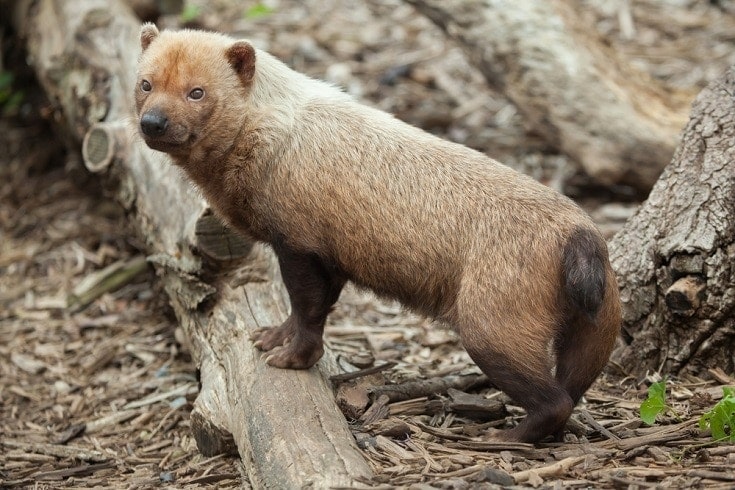
This South American wild dog is nearly extinct, and for good reason. They’re often killed because people mistake them for bears. While they’re not almost as large as bears, the facial resemblance is uncanny, so we can’t fault someone for panicking if they see one of these pups coming. They’re usually not dangerous and prefer to run away at the first sign of hostility.
5. Leonbergers

These giant pups have the same markings as many bears, and at 170 pounds, a Leonberger doesn’t give up much weight to their larger cousins. They were bred to pull carts, which shows how powerful they are. They make great watchdogs, even though they are incredibly gentle and loving.
6. Akitas
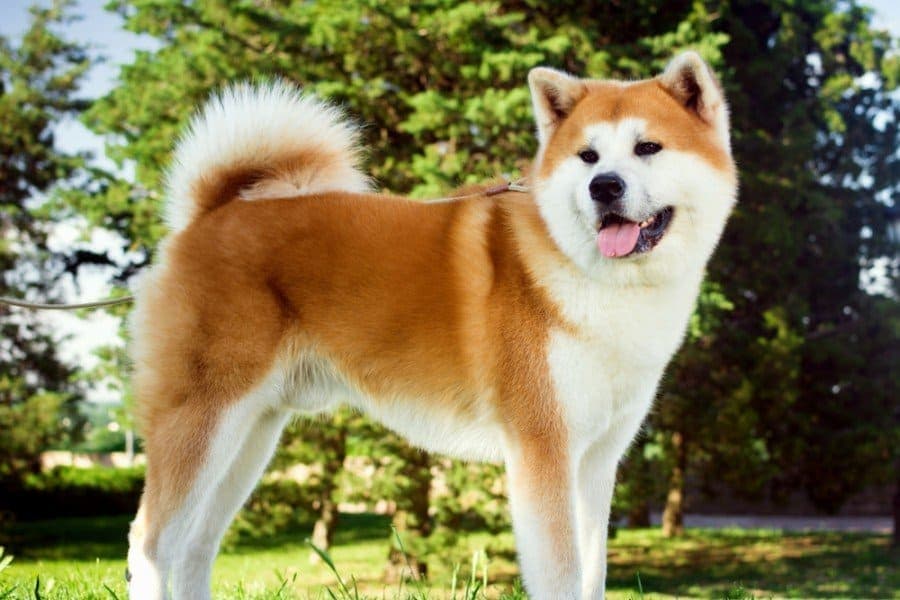
This Japanese breed can be fairly massive as well, sometimes tipping the scales at 130 pounds or more. Akitas have a bear-like face, but the rest of their body tends to be sleek and lithe.
They’re also an extremely loyal breed, but they can be prone to aggression if not properly socialized, much like bears.
7. Great Pyrenees
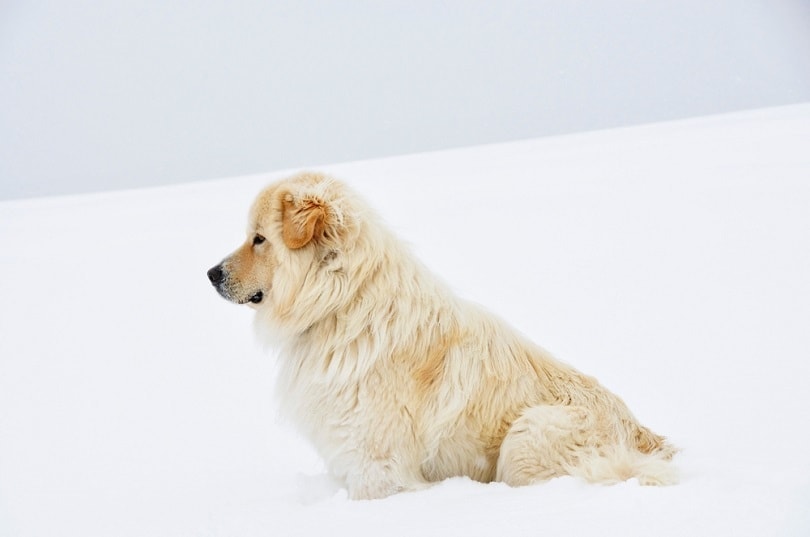
Another breed that looks like polar bears, Great Pyrenees are much friendlier than their Arctic counterparts. However, they were bred to protect flocks of sheep from predators like wolves, badgers, and bears, so they could likely hold their own if a fight broke out.
The Great Pyrenees are lovers instead of fighters, and they can make fantastic family pets.
8. Caucasian Shepherd Dogs
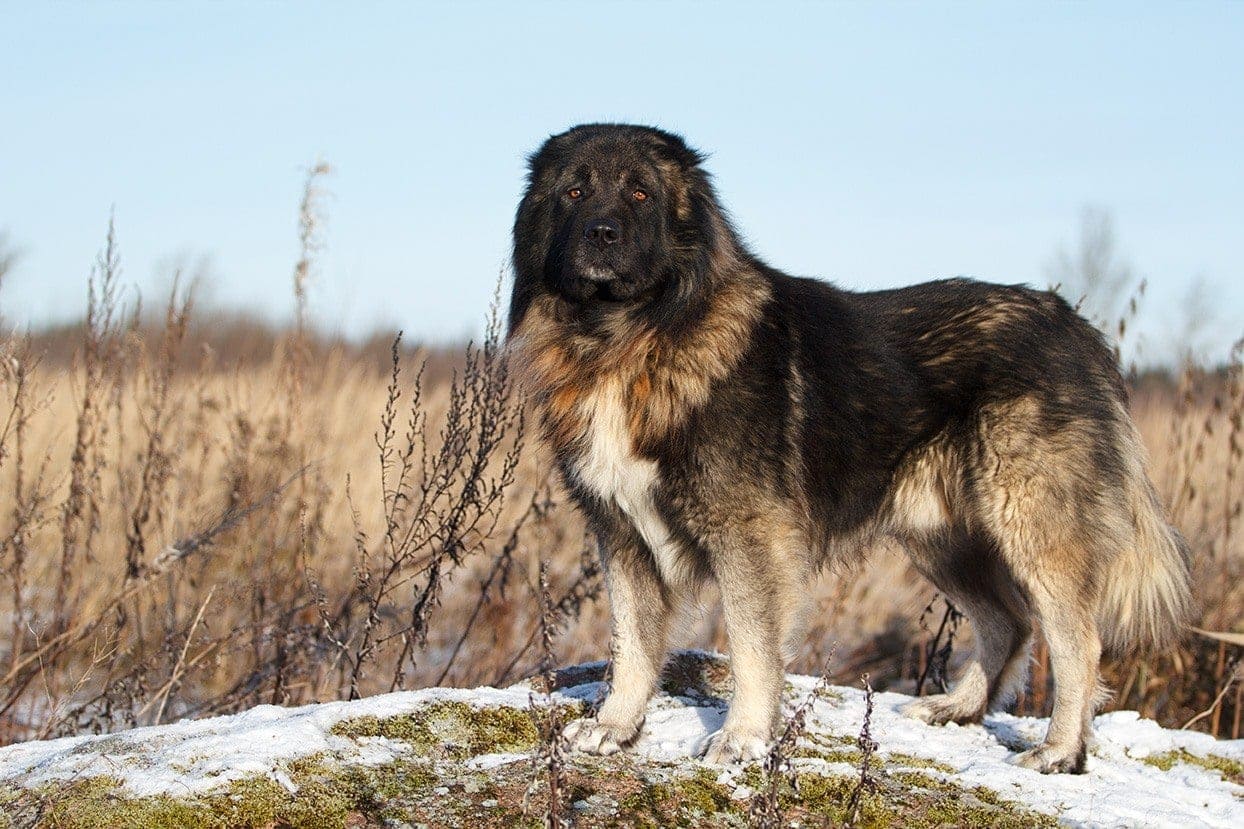
This is a relatively rare breed, but Caucasian Shepherd Dogs are truly bear-like in many ways, including their size, as they often weigh nearly 200 pounds. They’re completely fearless, which makes sense, given how massive they are.
All that bulk can be hard to control, so it’s not a good idea to bring one home unless you’re confident in your training skills.
9. Tibetan Mastiffs
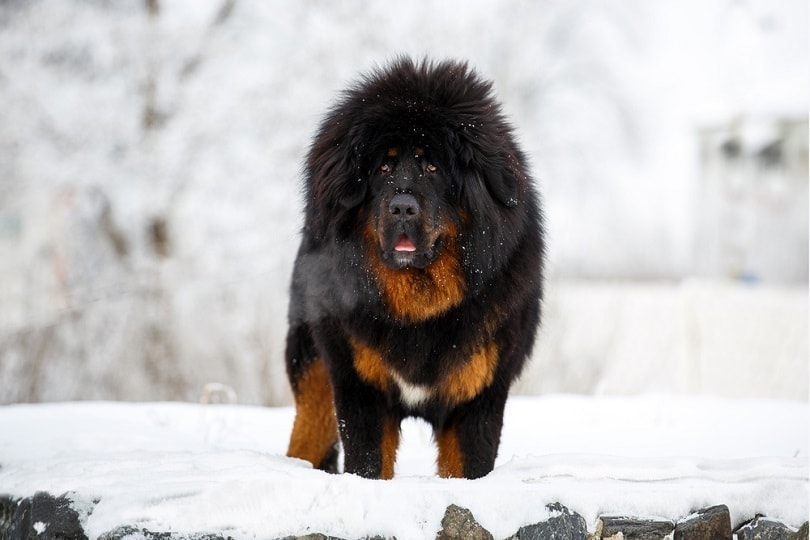
Tibetan Mastiffs are possibly the biggest dogs on this list, regularly weighing nearly 200 pounds or more. They also have thick manes around their neck and face, which gives them a distinctly bear-like appearance.
Fortunately, their dispositions are more like hibernating bears than rampaging ones.
10. Pomeranians
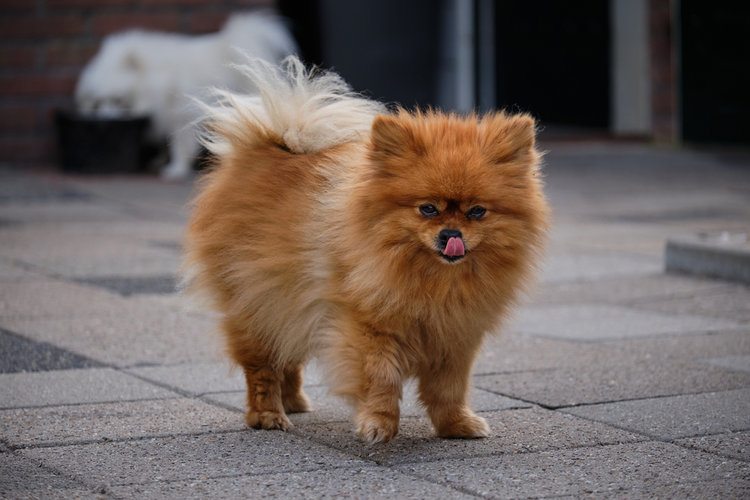
So, Pomeranians don’t look like tiny bears, but the little fluffballs could easily be mistaken for teddy bears. No one will ever fear a savage Pomeranian the way that they would a grizzly, but don’t tell them that. Pomeranians believe they’re as big and ferocious as any other land mammal.
Final Thoughts
Although some canines favor them, dogs are not closely related to bears. If you spot a Bush Dog while you’re in South America, you may mistake them for a bear or think they’re a hybrid of the two species. While bears and dogs may share a few superficial commonalities, the two animals are quite different. They’re distantly related, but they don’t have the same number of chromosomes and cannot mate.
See also:
- 9 Dog Breeds That Look Like Bears (with Pictures)
- Top 20 Dogs That Look Like Polar Bears (With Pictures)
Featured Image Credit: critterbiz, Shutterstock



